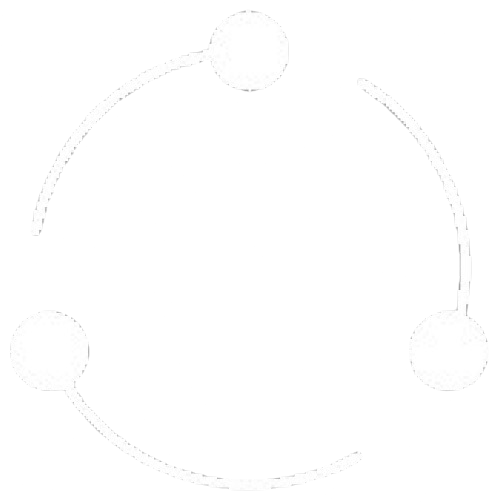Order Management
Managing purchase orders and procurement in the DATAR inventory system
Overview
The Order Management system in DATAR provides comprehensive tools for creating and tracking purchase orders, managing approvals, receiving inventory, and maintaining procurement records. This guide will show you how to effectively manage your ordering process from requisition to receipt.
Key Features
- Create and track purchase orders
- Requisition workflow
- Vendor management
- Order approval process
- Order status tracking
- Streamlined procurement process
- Better cost control
- Improved vendor relationships
- Enhanced inventory planning
- Reduced stock-outs and overstocking
The Order Lifecycle
Each order in the DATAR system goes through a defined lifecycle:
- Draft: Initial creation of the purchase order
- Pending Approval: Awaiting authorization
- Approved: Ready to be sent to supplier
- Sent: Transmitted to the supplier
- Confirmed: Supplier has acknowledged the order
- Partially Received: Some items have been delivered
- Fully Received: All items have been delivered
- Closed: Order is complete with all items received and invoices processed
- Cancelled: Order has been voided
Creating a Purchase Order
To create a new purchase order:
- Navigate to the Inventory module
- Select "Orders" from the sidebar
- Click the "Create Order" button
- Select a supplier from your supplier list
- Add line items (inventory items, quantities, prices)
- Set delivery date and shipping information
- Add any special instructions or notes
- Submit for approval or save as draft
Approval Workflow
DATAR supports flexible approval workflows for purchase orders:
- Threshold-based Approvals: Different approval levels based on order value
- Role-based Approvals: Specific roles required for certain types of purchases
- Sequential Approval: Orders move through a predefined approval sequence
- Parallel Approval: Multiple approvers can review simultaneously
- Delegation: Approval authority can be temporarily delegated
Approving an Order
When you receive an order for approval:
- Review the order details, items, and prices
- Check budget allocation and necessity
- Add comments or request changes if needed
- Approve or reject the order
- If approved, the order progresses to the next stage
Receiving Inventory
When items arrive from suppliers, the receiving process includes:
- Goods Receipt: Recording what items have arrived
- Quantity Verification: Confirming the correct quantities
- Quality Inspection: Checking for damage or defects
- Batch Recording: Capturing batch numbers and expiry dates
- Inventory Update: Automatically updating stock levels
- Document Attachment: Linking delivery notes and other documents
Invoice Matching and Payment
The system supports streamlined invoice processing:
- 2-way Matching: Purchase order to invoice
- 3-way Matching: Purchase order, goods receipt, and invoice
- Invoice Recording: Capturing invoice details and due dates
- Discrepancy Handling: Managing price or quantity variances
- Payment Tracking: Recording payment status and history
Automated Reordering
DATAR can help automate your procurement process with:
- Reorder Point Monitoring: Automatic alerts when stock falls below thresholds
- Order Suggestions: System-generated order recommendations
- Draft Order Creation: Automatic creation of draft orders for review
- Scheduled Orders: Regular recurring orders for frequently purchased items
- Preferred Supplier Selection: Automatic selection of the best supplier based on performance
Reporting and Analytics
The Order Management system includes comprehensive reporting:
- Order Status Report: Overview of all open orders
- Supplier Performance: Delivery times and order accuracy by supplier
- Procurement Spend: Analysis of spending by category, supplier, department
- Price Variance: Tracking of price changes over time
- Lead Time Analysis: Average time from order to delivery
- Budget Tracking: Monitoring spend against allocated budgets
Now that you understand Order Management, you might want to explore:
